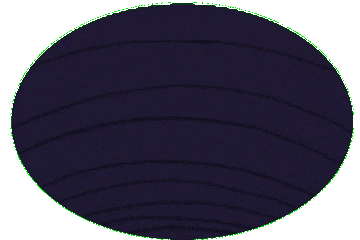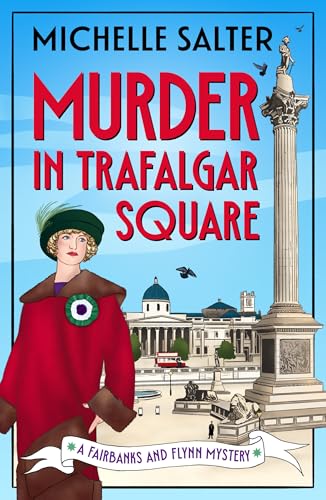Trafalgar Square
Trafalgar Square ( trə-FAL-gər) is a public square in the City of Westminster in Central London. It was established in the early 19th century around the area known as Charing Cross. Its name commemorates the Battle of Trafalgar, the British naval victory in the Napoleonic Wars over France and Spain that took place on 21 October 1805 off the coast of Cape Trafalgar. The area around Trafalgar Square has been a significant landmark since the 1200s, as distances from London are measured from Charing Cross. The King's Mews occupied part of the site until the reign of George IV, who moved them to Buckingham Palace, allowing the area to be redeveloped by John Nash. Progress stalled after the death of Nash in 1835, and the square did not open until 1844. It is faced by buildings including the National Gallery, St Martin-in-the-Fields, Canada House and South Africa House. The square also contains several pieces of public sculpture, including the 169-foot (52 m) Nelson's Column in the centre, which commemorates Vice-Admiral Horatio Nelson's victory at Trafalgar; an equestrian statue of Charles I; and the fourth plinth, which since 1999 has hosted a variety of artworks. The square has been used for community gatherings and political demonstrations, including Bloody Sunday in 1887, the culmination of the first Aldermaston March, anti-war protests and campaigns against climate change. A Christmas tree has been donated to the square by the government of Norway since 1947 and is erected for twelve days before and after Christmas Day. The square is a centre of annual celebrations on New Year's Eve and was known for its feral pigeons until their removal in the early 21st century.
This article uses material from the Wikipedia article "Trafalgar Square", which is released under the Creative Commons Attribution-Share-Alike License 3.0.
References
| Title | Summary | |
|---|---|---|
| May 6 - Walking Around London | ... a couple getting married in Trafalgar Square That's ... | |












